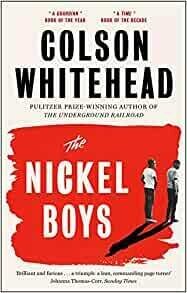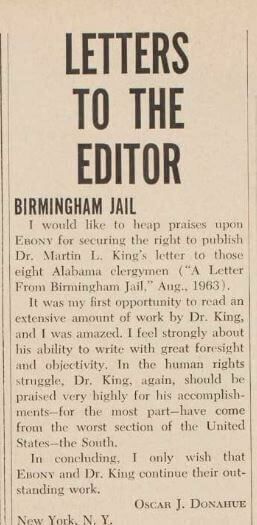Primary inspiration
It’s been hard to get the creative juices flowing this year, that overwhelming sense of anxiety about the world, in general, was stifling, to say the least. However, the acknowledgements at the end of Colson Whitehead's The Nickle Boys got me thinking...
I have managed to re-watch The Simpsons seasons 2- 8 twice over though, so I cannot say it’s a lack of time that’s to blame, more of a creative block. For those months that I struggled with my own imagination though, I spent some time enjoying the fruits of other people’s creative labour. I read everything in sight for four months.
This year’s Pulitzer Prize winner for Fiction has been one of my highlights. Colson Whitehead’s harrowing story The Nickle Boys follows Elwood Curtis as he is sent to Nickle Academy, a juvenile reformatory in Florida. The reform school is based on the Dozier School for Boys, which was investigated by both the Florida Department of Law Enforcement and the United States Department of Justice in the last decade. The real Dozier School was found to have “systemic, egregious, and dangerous practices exacerbated by a lack of accountability and controls"[1] and Whiteheads’ Nickle Academy is grimly truthful in its representation.

Image © Doubleday
However, it was the acknowledgements at the end of the novel that got me thinking. Whitehead talks his reader through his motivation behind the novel, but also through some of the essential primary and secondary source material he used when writing. Whitehead quotes directly from speeches, school pamphlets and newspapers that he found in archives.
His call in the acknowledgements to "check out"[2] the archives is for those interested in what happened at Dozier School for Boys, but it rings equally true for students of creative writing in all forms. Learning how to utilise a digital collection of primary sources can open a gateway to different times and worlds; diaries, correspondence and personal manuscripts can clue you into lived experiences and contemporaneous thinking, while newspapers and records can contextualise those more personal sources.
While they weren’t used by Whitehead in his research for The Nickle Boys, there are letters in this September 1963 issue of Ebony from African American Communities which clearly reflect the ways Whitehead’s characters think. Ebony is mentioned in the novel as one of the two black magazines that Mr Marconi stocks in his shop, though Elwood encourages him to "pick up The Crisis and The Chicago Defender, and other black newspapers."[3]

Image © University of Illinois at Chicago Library, Special Collections. Further reproduction is prohibited without permission.
The 15-year-old Gloria, in South Carolina, wrote in to say she saw people "everywhere else, except here… fighting for equality, while we just sit here and do nothing as if we are completely satisfied"[4] and mirrors Elwood staying up late "writing letters on the racial question to the Tallahassee Register, which did not run them, and The Chicago Defender, which printed one"[5].
A letter from Oscar in New York, says he first really read the work of Dr King when Ebony secured the rights to publish A Letter from Birmingham Jail in August 1963 and felt "strongly about his ability to write with great foresight and objectivity"[6]; in a similar way Elwood explains that At Zion Hill "gave him a language."[7]

Image © University of Illinois at Chicago Library, Special Collections. Further reproduction is prohibited without permission.
If you’ve been struggling for inspiration this year, or even if you haven’t, why not start with a primary source? Find a voice from another point in time, research the context and delve into the relationship between fact and fiction.
About the collection
African American Communities is out now.
References
1 Investigation of the Arthur G. Dozier School for Boys and the Jackson Juvenile Offender Center, Marianna, Florida (2011) [https://www.justice.gov/sites/default/files/crt/legacy/2011/12/02/dozier_findltr_12-1-11.pdf]
2 Whitehead, C. (2019). The nickel boys: A novel.
3 Ibid
4 Ebony: Special issue. (1963).
5 Whitehead, C. (2019). The nickel boys: A novel.
6 Ebony: Special issue. (1963).
7 Whitehead, C. (2019). The nickel boys: A novel.
Recent posts

The blog highlights American Committee on Africa, module II's rich documentation of anti-apartheid activism, focusing on the National Peace Accord, global solidarity, and student-led divestment campaigns. It explores the pivotal role of universities, protests, and public education in pressuring institutions to divest from apartheid, shaping global attitudes toward social justice and reform.

This blog examines how primary sources can be used to trace the impact of young voices on society, particularly during pivotal voting reforms in the UK and the US. Explore materials that reveal insights into youth activism, intergenerational gaps, and societal perceptions, highlighting their interdisciplinary value for studying youth culture, activism, and girlhood across history.
